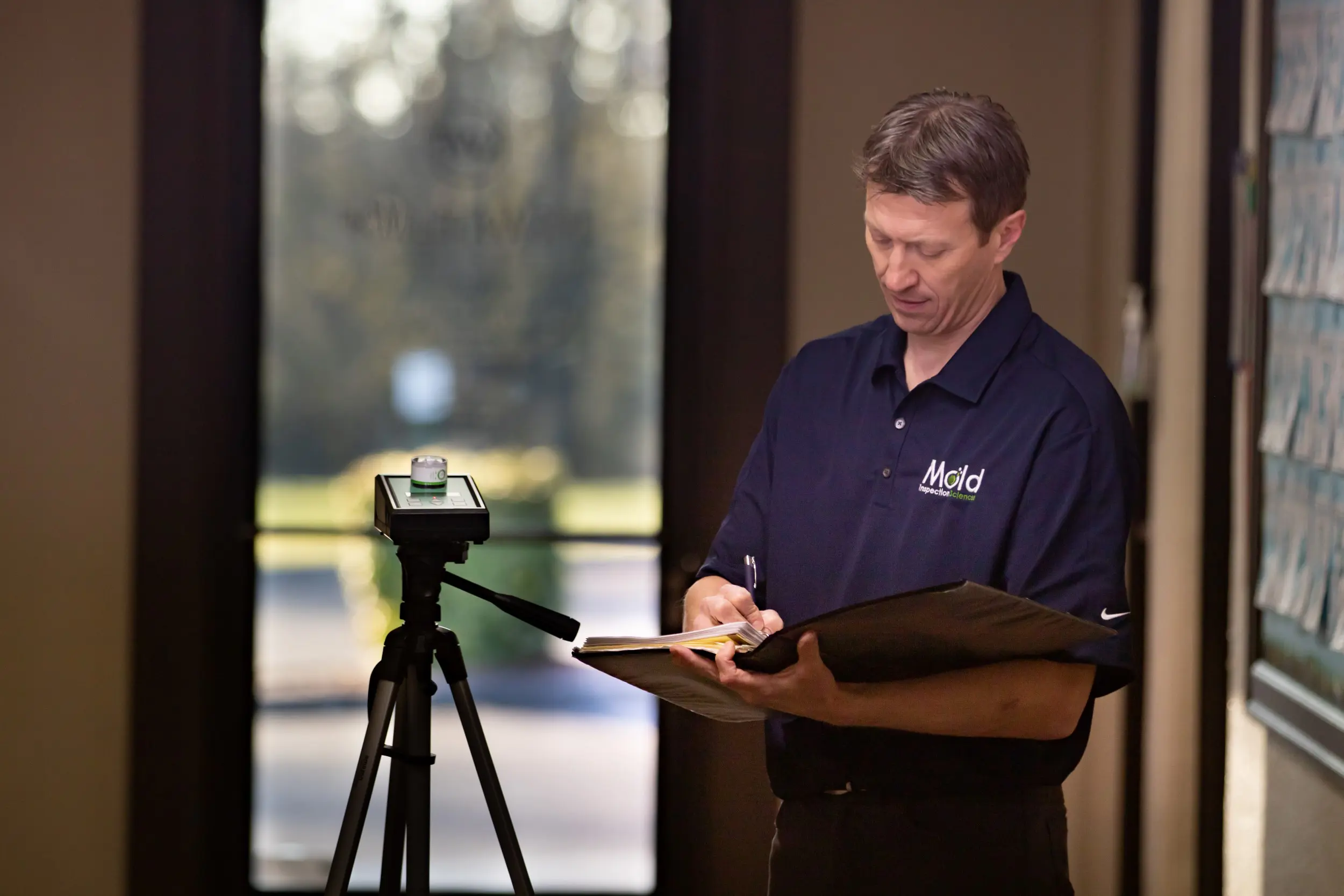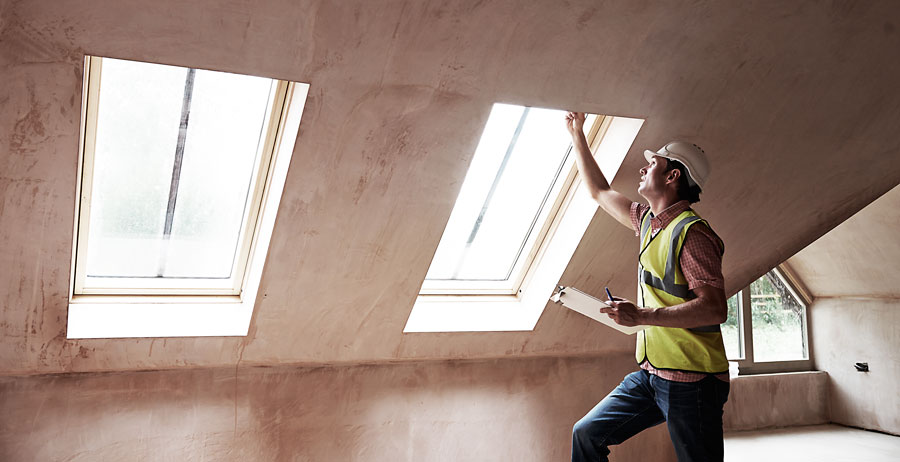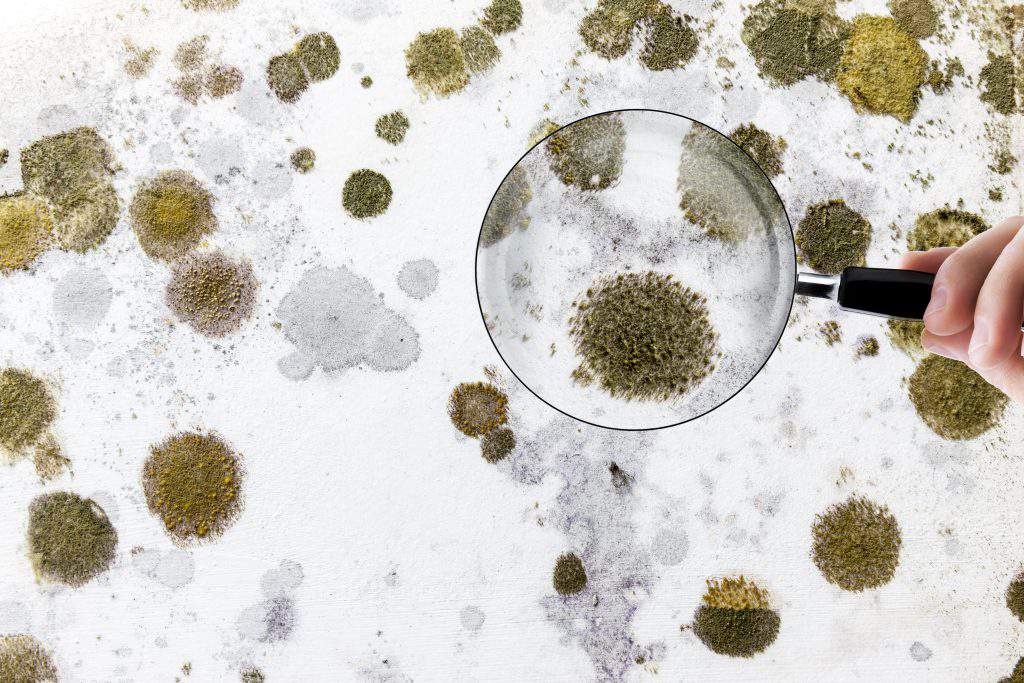Ensuring Post Remediation Verification Precision
Ensuring Post Remediation Verification Precision
Blog Article
Your Ultimate Guide to Article Mold And Mildew Remediation Strategies
Navigating the world of post-mold removal techniques is a careful process that demands interest to information and a comprehensive understanding of the details entailed. In the after-effects of mold and mildew invasion, recognizing exactly how to properly remove the mold and mildew and prevent its reoccurrence is vital for preserving a healthy and balanced interior setting. From choosing the ideal cleaning and decontaminating methods to carrying out methods for long-term mold avoidance, each action in the removal trip plays a crucial role in ensuring a successful end result. As we start this expedition of post-mold removal techniques, we will certainly reveal the vital strategies and best techniques that can assist you recover your room to its pre-mold condition and safeguard it against future mold risks.
Understanding Post-Mold Removal Refine
After completing the mold removal procedure, it is vital to comprehend the post-mold removal methods that are necessary to make certain a complete and efficient clean-up. When the mold and mildew has actually been eliminated, the next action entails cleansing and sanitizing the influenced areas to avoid any type of regrowth of mold. This consists of utilizing specialized cleansing representatives to clean down surfaces and kill any type of continuing to be mold and mildew spores. It is necessary to dry the area totally to discourage the development of mold and mildew in the future (After mold remediation). Correct air flow and dehumidification can aid in this process.
Furthermore, carrying out a final inspection post-remediation is important to make certain that all mold has been effectively eradicated. If the assessment exposes any kind of lingering mold, extra removal may be required.
Efficient Cleansing and Disinfecting Approaches

Protecting Against Future Mold And Mildew Growth

Relevance of Appropriate Ventilation
Appropriate air flow plays a crucial duty in stopping dampness build-up, a vital aspect in mold and mildew development within indoor settings. Reliable ventilation systems assist remove excess humidity from the air, minimizing the chances of mold and mildew spores discovering the dampness they require to germinate and spread. Without sufficient air flow, interior areas can end up being a reproduction ground for mold and mildew, resulting in prospective health dangers and structural damage.
By guaranteeing appropriate air circulation, ventilation systems can additionally more info here aid in drying out damp areas more rapidly after water damages or flooding occurrences, further preventing mold and mildew growth. Post Mold Remediation Report. In rooms like shower rooms, attic rooms, cellars, and kitchen areas where dampness degrees have a tendency to be higher, mounting and keeping reliable ventilation systems is important in protecting against mold and mildew invasions

Monitoring and Upkeep Tips
Provided the crucial function that correct air flow plays in avoiding mold growth, it is critical to develop effective tracking and upkeep suggestions to make certain the continued performance of air flow systems. Surveillance humidity levels within the residential or commercial property is also crucial, as high humidity can add to mold growth. By staying attentive and proactive to the condition of ventilation systems, building owners can effectively mitigate the threat of mold regrowth and keep a healthy indoor environment.
Conclusion
Finally, post-mold removal techniques are crucial for ensuring a clean and safe atmosphere. Comprehending the procedure, executing reliable cleaning and decontaminating techniques, protecting against future mold development, preserving correct air flow, and regular tracking are all essential action in the removal process. By following these standards, you can successfully remove mold and mildew and avoid its return, promoting a healthy and balanced living or functioning space for all passengers.
In the after-effects of mold infestation, understanding just how to properly remove the mold and mildew and prevent its reoccurrence is extremely important for keeping a healthy and balanced indoor environment. When the mold has been eliminated, the following step involves cleaning and sanitizing the influenced areas to prevent any kind of regrowth of mold - testing air quality after mold remediation. After getting rid of visible mold growth, it is essential to clean all surfaces in the affected area to remove any continuing to be mold and mildew spores. To additionally enhance mold avoidance steps, it is essential to resolve underlying problems that at first led to mold and mildew development.Offered the critical function that proper ventilation plays in preventing mold growth, it is important to develop effective monitoring and upkeep suggestions to make sure the ongoing capability of air flow systems
Report this page